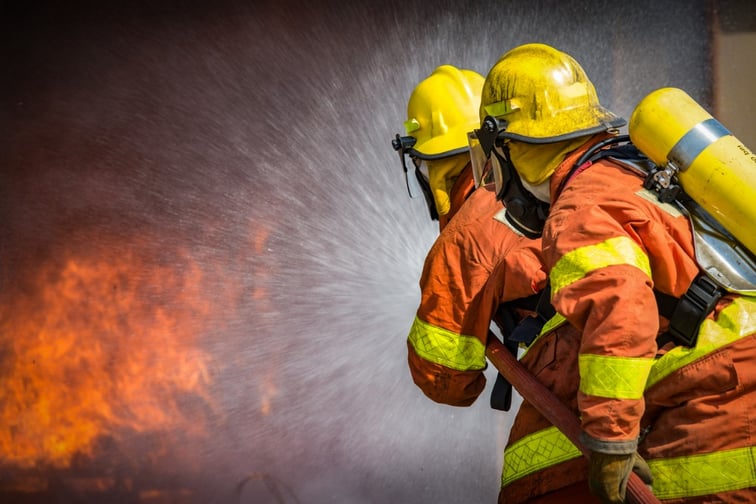

Charles Sturt University (CSU), the Food Agility CRC, Insurance Australia Group, and Myriota have collaborated in looking for new high-tech solutions to preventing haystack fires, as reported in an article by ABC News.
Traditionally, a crowbar stuck into the haystack had been used as an indicator if it was at risk of catching fire. However, the research conducted had been looking into more high-tech solutions in detecting the possibility of a haystack fire occurring by examining the hay quality as well as the conditions inside the stack.
The effectiveness of commercially available probes that can monitor changes in temperatures were tested, said John Broster, a researcher from CSU.
“What we found was good consistency if we set two of the commercial probes in the same bale. We got good consistency between the commercial products and the scientific standard probes,” he said.
It was found that when tested, tightly packed hay bales with high moisture content were much more hotter and took a longer time to cool down.
Broster asserted that there needed to be further research conducted in order to understand how the changes in temperature can impact the risk of spontaneous combustion in hay.
“Commercially available probes give a good indication of the temperature and that enables farmers to see if temperatures are too high or increasing rapidly and they can do something about it,” he explained.
“Temperature is only the symptom of what's going on in the reactions, both chemical and microbial, between sugars and moisture, and there may be other factors involved,” he added.
WFI Insurance had reportedly paid out $8 million worth of claims for haystack fires in the past 5 years. Andrew Beer, the agricultural insurer’s executive general manager, said that the number of claims it received depended on the season and the amount of hay that had been baled.
“In 2019 we had 30 haystack fires, that then jumped to 162 fires in 2020 and then fell back to 51 in 2021, 52 in 2022, and for the season to date we've had 23 so far,” he explained.
The Rural Fire Service (RFS) had stated that 14 out of the 15 haystack fires that had been occurred across NSW since October 1 had been in Southern NSW, which had consequently destroyed thousands of bales, sheds, and farm machinery.
“It has a huge financial impact, to go all year to prepare that hay, put it in the shed, and then see it all go up is just a huge shock,” said Mark Hoskinson, group officer from Bland Temora Rural Fire Service.
He further explained that since haystack fires were difficult to put out, they waited for them to go out most of the time.
The RFS urged farmers to regularly check their haystacks and make sure that their stock and machinery were stored separately.
What do you think about this story? Share your thoughts in the comment section below.
